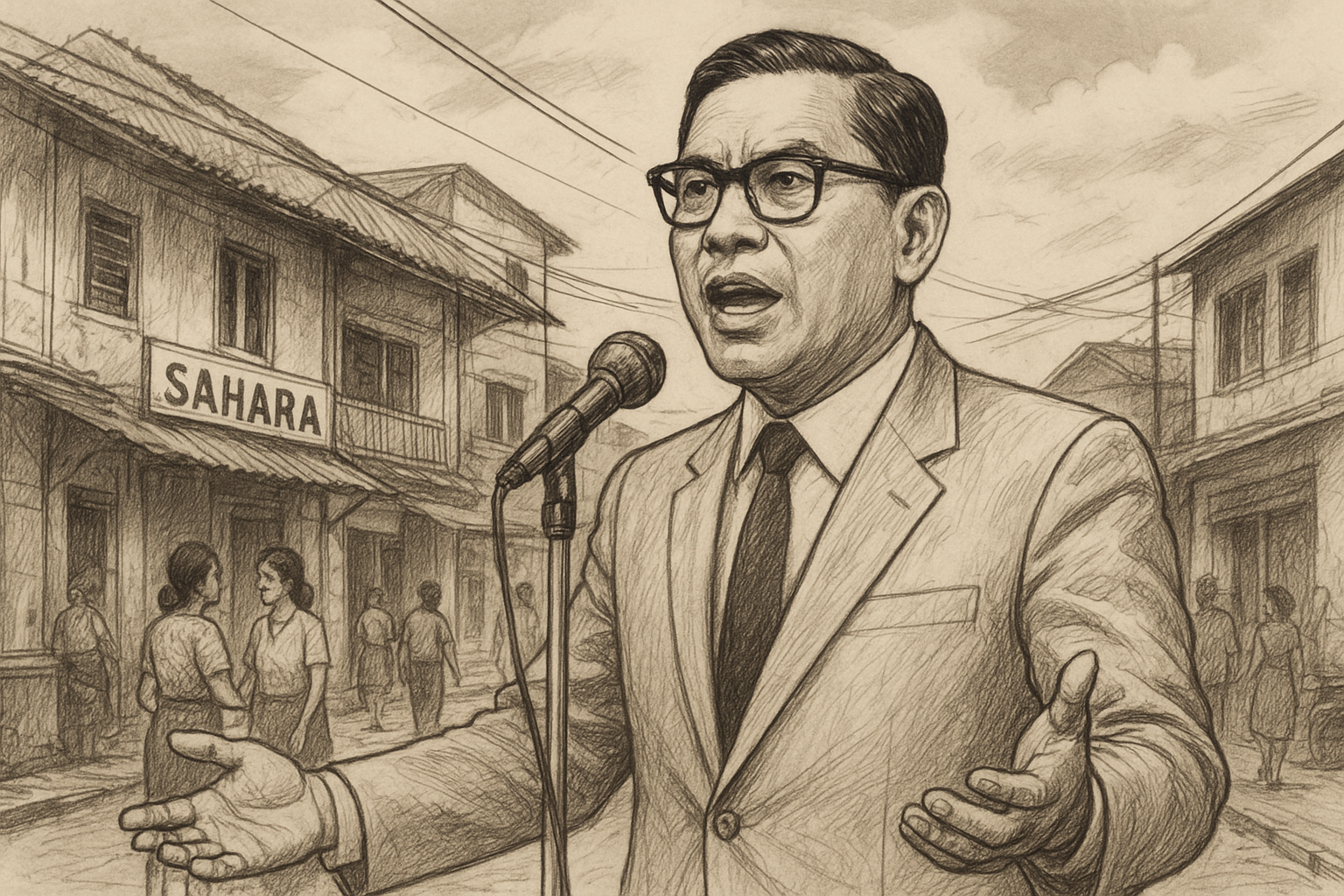Contestation of Religion, Politics, and Social Identity: a Historical Analysis of Ali Sadikin's Policy Towards the Localisation of Kramat Tunggak in Jakarta, 1950-1999
DOI:
https://doi.org/10.53088/jih.v5i2.2278Keywords:
Kramat Tunggak, Localization, prostitution, jakartaAbstract
This research examines the dynamics of Kramat Tunggak Localisation as part of the social structuring policy in Jakarta in 1950-1999. As Jakarta developed into a metropolitan city, prostitution emerged as a social problem that was difficult to control. Governor Ali Sadikin then took action by establishing an official localisation in Kramat Tunggak, North Jakarta. The policy aims not only to regulate the practice of illegal prostitution, but also as a surveillance effort, prevention of sexually transmitted diseases, as well as rehabilitation and resocialisation programmes for prostituted women. This research employs the historical method, which includes the stages of heuristics, source criticism, interpretation, and historiography. Data were obtained from various archives, newspapers, scientific papers, and literature reviews, with analysis based on Clifford Geertz's cultural interpretation approach and Michel Foucault's biopolitical theory. The research findings show that Kramat Tunggak is not only a representation of social policy, but also a symbolic space where the state, society, and women interact in the context of power and morality. The closure of these localisations in 1999 signalled a shift in public moral discourse as conservative Islamic groups gained strength in the post-New Order era. However, the policy triggered the spread of prostitution to more hidden locations. Thus, the story of Kramat Tunggak's journey reflects the complex relationship between morality, state power, and social identity in urban spaces.

Downloads
Published
How to Cite
Issue
Section
License
Copyright (c) 2025 Ahyaul Ahnafia Sholeha, Hario Aji Nugroho

This work is licensed under a Creative Commons Attribution-ShareAlike 4.0 International License.
Authors who publish with this journal agree to the following terms:
The author(s) retain copyright and grant the journal the right of first publication with the work simultaneously licensed under a CC BY-SA 4.0 license that allows others to remix, adapt, and build upon the work even for commercial purposes, as long as they credit the author(s) and license their new creations under the identical terms.
License details: https://creativecommons.org/licenses/by-sa/4.0/

